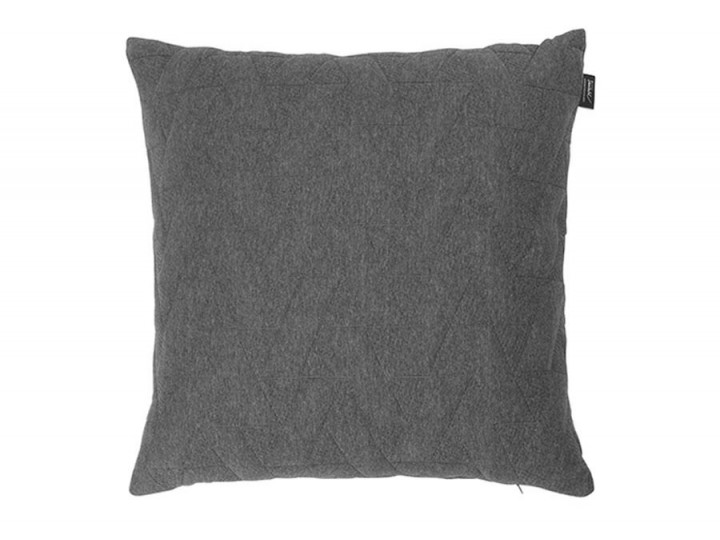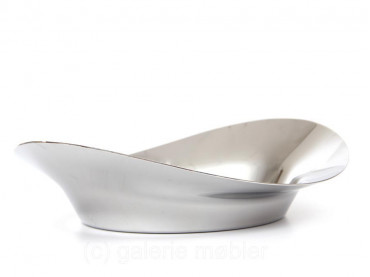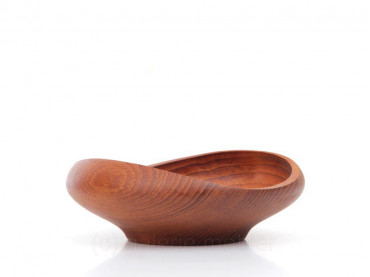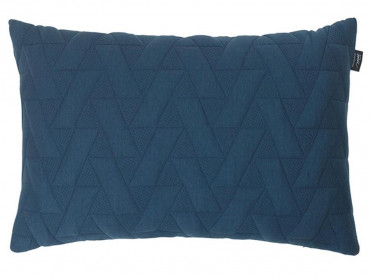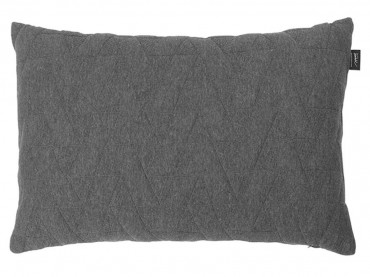FJ Pattern cushion 50 x 50 cm Grey
-
Finn Juhl
-
Architectmade
- AR031 Delivery time 6 to 10 days
Free delivery, France and EU
FJ Pattern is the name of a series of textiles based on the ingenious patterns created by Finn Juhl in 1954. Working with watercolours Finn Juhl developed his own range of characteristic colour combinations and patterns, the bold use of which became an integrated element of Juhl’s work in architecture and design. He used the colourful patterns to create surfaces, accents and contrasts; to bind together interior design and architecture; to create subtle atmospheric spaces, which would make people feel good. With this unique collection ARCHITECTMADE translates Juhl’s special sense of shape and colour into textiles.
| Dimensions | 51 x 50 cm |
| Material | organic cotton |
| Style | Contemporain Neuf |
| Origin | Denmark |
| Fournisseur | Architectmade |
Finn Juhl
Denmark (1912-1989)
|
Finn Juhl was fist and foremost famous for his furniture, though he was also highly respected as an architect and interior designer. In the 1940s he designed a number of creations that regenerated Danish furniture design, and broke with the established furniture tradition. His great invention was the floating seating surface, usually upholstered, in contrast to the hard wood of the design´s bearing elements. His masterpieces 'Pelican chair' and 'Chieftain chair' are illustrative examples. Later designs by Juhl were more specifically designed with the mass market in mind although every bit as beautiful and sturdy as the earlier classics. At the Milan Triennale in the 50's, he was awarded no fewer than five gold medals and won international acclaim for his furniture. Finn Juhl was influenced by surrealists like Jean Arp and Joan Miró and used their biomorphism in discovering the sculptural possibilities of wooden furniture. It has often been said about Juhl that he won international acclaim before he was recognized in his own country. As an exhibition architect he was the man behind the major showings of Danish applied art abroad which created the concept 'Danish Design'. This also paved way for the Danish furniture industry's export in the 1960's. |

